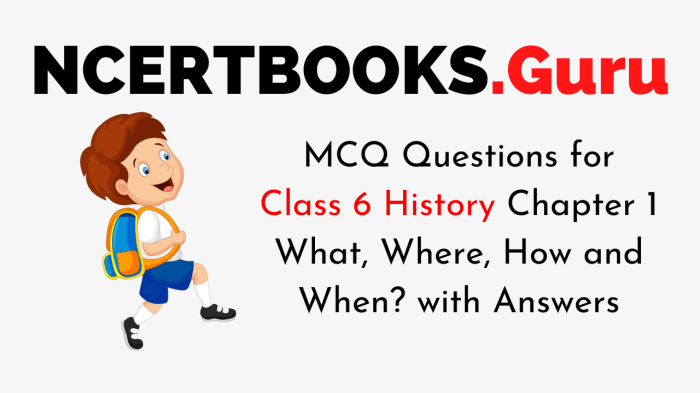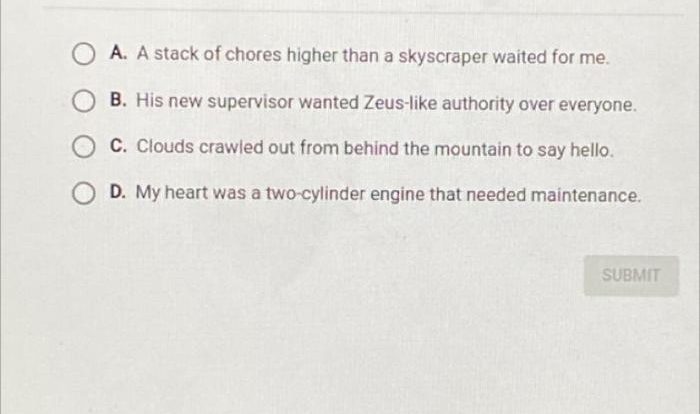The Secret History Chapter 6: Unraveling Complexities and Symbolism sets the stage for this enthralling narrative, offering readers a glimpse into a story that is rich in detail and brimming with originality from the outset.
This chapter delves into the intricate character dynamics, the evocative setting, and the profound themes that drive the novel. It explores the motivations and relationships of key characters, unravels the significance of symbolic elements, and examines the narrative structure and writing style that contribute to the novel’s captivating atmosphere.
Character Analysis: The Secret History Chapter 6

The characters in The Secret Historyare complex and enigmatic, each with their own motivations and secrets. Three characters in particular—Charles Macaulay, Bunny Corcoran, and Francis Abernathy—play pivotal roles in the novel’s plot and themes.
Charles Macaulay, The secret history chapter 6
Charles Macaulay is the wealthy and charismatic leader of the group of friends at Hampden College. He is intelligent, charming, and manipulative, and he uses his power to control those around him. Macaulay is obsessed with the classics and believes that he is destined for greatness.
He sees himself as a superior being, and he treats others with contempt. However, Macaulay’s arrogance and ambition ultimately lead to his downfall.
Bunny Corcoran
Bunny Corcoran is the kind-hearted and innocent member of the group. He is a talented athlete and a loyal friend, but he is also naive and easily influenced. Corcoran is often the victim of Macaulay’s manipulation, and he is ultimately killed by the group.
Corcoran’s death is a turning point in the novel, and it forces the other characters to confront their own complicity in his murder.
Francis Abernathy and Camilla Macaulay
Francis Abernathy and Camilla Macaulay are siblings who are both involved in the group. Abernathy is a brilliant scholar and a gifted writer, but he is also troubled and self-destructive. He is in love with Camilla, but she does not reciprocate his feelings.
In Donna Tartt’s “The Secret History” chapter 6, the intricate narrative weaves a web of deceit and longing. Words like “inscription” and “scriptures” echo throughout the text, inviting readers to delve deeper into the novel’s hidden layers. Discover more about these words with scrib or script at this link , and continue unraveling the enigmatic tapestry of “The Secret History.”
Camilla is a beautiful and enigmatic young woman who is drawn to the group’s dark and dangerous world. She is ultimately responsible for Bunny Corcoran’s death, and she is the one who reveals the group’s secrets to the outside world.
Setting and Symbolism
The novel’s setting plays a crucial role in shaping the plot and developing the characters. The story takes place in a small town on the banks of a river, which becomes a central symbol of the town’s history and identity.
The river’s ever-changing currents and unpredictable nature reflect the lives of the townspeople, who are often swept up in the currents of change and must navigate the challenges that come their way.
The River
The river is a powerful symbol of life and death, as well as the passage of time. Its ever-flowing waters represent the constant flow of time, carrying away the past and bringing in the future. The river also serves as a boundary between the town and the outside world, separating the familiar from the unknown.
Color
Color plays a significant role in the novel, with each color carrying its own symbolic meaning. The color green, for example, is associated with nature and growth, while the color red represents passion and danger. The use of color helps to create a vivid and evocative setting, immersing the reader in the world of the novel.
Themes and Motifs
The Secret History delves into profound themes that resonate throughout the narrative. One central theme is the corrupting influence of power and ambition. The characters’ pursuit of knowledge and status leads them down a path of moral decay and violence.
Foreshadowing and Irony
The novel employs foreshadowing and irony to build suspense and create a sense of inevitability. Foreshadowing hints at future events, such as Bunny’s eventual murder, while irony highlights the disparity between the characters’ intentions and their consequences.
Motif of Death
Death is a pervasive motif in The Secret History. The novel begins with the aftermath of Bunny’s murder and continues to explore the themes of mortality, guilt, and the fragility of life. The characters’ fascination with death reflects their own existential fears and the ultimate consequences of their actions.
Narrative Structure and Style

The narrative structure of “The Secret History” is non-linear, employing flashbacks and multiple perspectives to recount the events leading up to and following the murder of Edmund “Bunny” Corcoran. This structure allows the author, Donna Tartt, to gradually reveal information and build suspense, keeping the reader engaged and eager to discover the truth.
Use of Flashbacks
The novel extensively utilizes flashbacks to delve into the characters’ pasts and motivations. These flashbacks provide crucial context for their actions and relationships, enhancing the reader’s understanding of the characters’ complexities and the events that have shaped their lives. By interweaving the present and past, Tartt creates a rich and immersive narrative that keeps the reader invested in the story.
Multiple Perspectives
The novel is narrated from the perspective of Richard Papen, one of the students involved in the murder. However, Tartt also incorporates the perspectives of other characters through flashbacks and dialogue, giving the reader a multifaceted view of the events.
This multi-perspectival approach allows the reader to see the same events from different angles, gaining a deeper understanding of the characters’ thoughts and motivations.
Author’s Writing Style
Donna Tartt’s writing style in “The Secret History” is characterized by its elegance, precision, and attention to detail. Her prose is both lyrical and evocative, creating a vivid and immersive atmosphere that draws the reader into the story. Tartt’s use of language is deliberate and often poetic, enhancing the novel’s emotional impact and leaving a lasting impression on the reader.
Historical and Cultural Context
The Secret History takes place against the backdrop of the Vietnam War and the social and cultural upheaval of the 1960s. The war had a profound impact on American society, and its effects are felt throughout the novel.
The novel is set in the American South, which has its own unique history and culture. The South was the site of the Civil War, and the region has a long history of racial tension. The novel explores the ways in which the South’s history and culture shape the characters and plot.
The Vietnam War
- The Vietnam War was a major turning point in American history. The war was deeply unpopular, and it led to widespread protests and social unrest.
- The war had a significant impact on the characters in The Secret History. Many of the characters are veterans of the war, and their experiences in Vietnam have shaped their personalities and their relationships with each other.
- The war also provides a backdrop for the novel’s themes of violence, guilt, and redemption.
The American South
- The American South is a region with a unique history and culture. The South was the site of the Civil War, and the region has a long history of racial tension.
- The novel is set in a small town in the American South, and the town’s history and culture play a significant role in the novel.
- The novel explores the ways in which the South’s history and culture shape the characters and plot.
FAQ Explained
What is the significance of the river in The Secret History?
The river symbolizes the passage of time, the flow of life, and the inevitability of death.
How does the use of flashbacks contribute to the narrative?
The flashbacks provide insights into the characters’ past experiences and motivations, enriching the reader’s understanding of their present actions.
What is the main theme explored in Chapter 6?
Chapter 6 focuses on the theme of guilt and its corrosive effects on the characters’ relationships and mental states.
